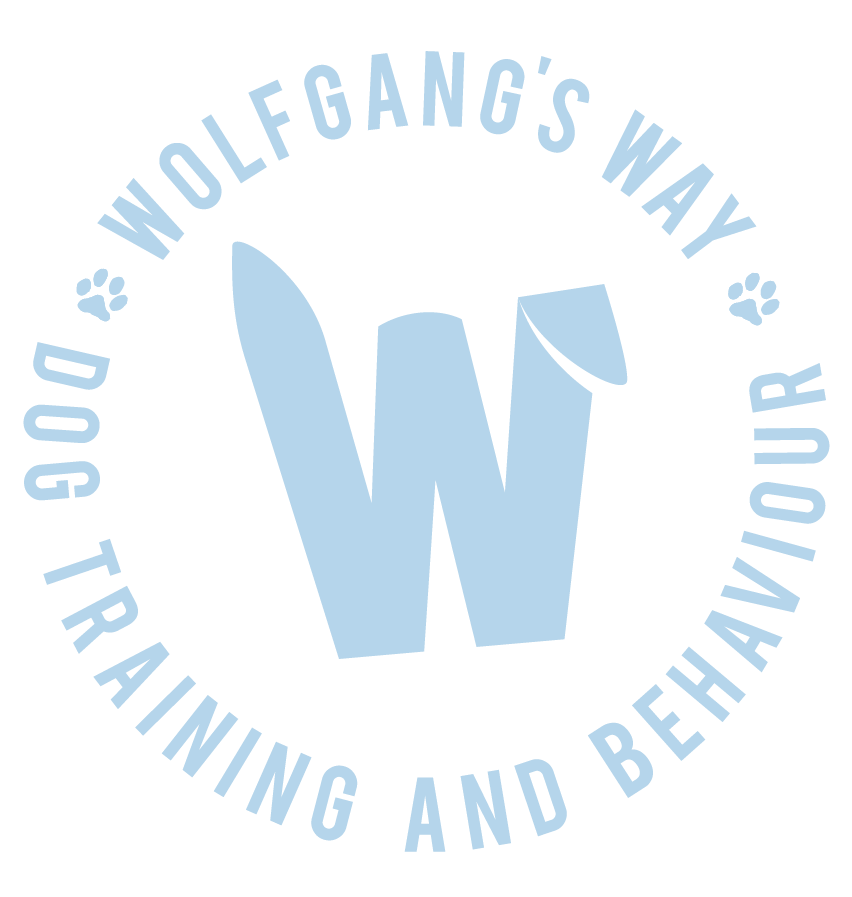Resource Guarding is one of the most natural behaviours, for us humans and for our dogs.
🐶 It’s just that when our dogs do it, let’s say ‘excessively’ from our point of view, it doesn’t fit into our lifestyle.
💜 The key to addressing resource guarding is understanding, not confrontation.
➡️➡️ Instead of punishing your dog for growling or snapping - simply behaviours that communicate their discomfort - focus on:
✅ building trust (counter conditioning)
✅ management (avoiding situations where your dog feels the need to)
✅ positively teaching new skills that will allow you and your dog to easily navigate these situations (drop, leave, hand target, back, off, etc).
🛑 also rule out underlying heath niggles (you’d be surprised by how much GI issues or pain/ discomfort can play into resource guarding behaviours).
🐾 and ensure your dog’s basic needs are met, from providing them with a safe place to rest to being able to eat in peace.
Be an ACTIVIST for those who depend on you
Things I tell my clients to make their puppies’ and adult dogs’ day to day the best they can be
Everything starts with and is influenced by learning to ‘talk dog’ and understanding your dog’s needs (both physically and emotionally).
Good quality socialisation and habituation, working at your dog’s pace, is so much more important than teaching traditional behaviours such as sit, down, etc.
On that note, a ‘sit’ isn’t as important as you think it is. And can matter of fact become an aversive for a dog with physical ailments. Don’t make it a default part of other behaviours you teach your dog.
Be your dog’s safe place and provide as much choice and agency as you can for your dog.
A happy tummy and gut makes for a happy dog!
Be more dog, you fur friend will love you for it.
The #1 activity to reduce stress and increase relaxation in dogs
Why a trusting relationship with your dog is worth a million times more than any ‘obedience’ training
Yesterday, Wolfgang got a special, big treat (‘cause she’s the best!) in form of a sausage. And whenever she gets too big a piece and it needs dissecting, she usually finds herself a quiet spot to attend to it.
But we were all cosy on the sofa and I saw in her little face how she was ‘debating’ over whether to pop down or how to go about it.
So I offered my cupped hand and said ‘Do you want Mami to help?’. And she immediately dropped that juicy sausage on my hand and sat back, looking at me in anticipation while I broke it up into bite-sized pieces for her. Patiently waiting for me to feed her every delicious bit.
And these moments of trust are what it’s all about (for me, at least).
For a dog to let go of such a high value food without a worry in the world (and no, I’m not in her head but she looked blissfully zero bothered).
I use the ‘can I help’ cue for all sorts of situations including:
When she stepped into something and can’t get it out of here paws (I walk to her or she hobbles over to me).
When there is a little poo stuck and she can’t bum-shuffle it off (and gets quite freaked out over it).
When she tries to get to the end of the Kong but can’t quite get that last bit right at the top out.
If she tries to get to something but can’t quite reach….and much more
A few tips on how you can build a trusting relationship with your dog:
Learn to talk dog so you can understand and communicate with your dog, and within this….
Allow your dog choice and control over their environment
ALWAYS be your dogs safe place
Don’t mess with your dog’s resources, AKA what’s important to them.
That includes simply letting them eat their meals rather than making a whole song and dance around waiting for five minutes, then reciting the alphabet before they can dig in.
Accept your dogs personality: teach them cues so you can easily navigate this human world together but also accept that they might not want to allow strangers to pet them and that they, too, have crappy days where they might react to the environment.
Don’t use aversive methods!!!!
Why Dogs Bark & What You Can Do About It
First things first, dogs bark! It’s a dog, it’s what they do. You wouldn’t ask a lion to stop roaring.
However, the fact that dogs live in our homes makes this often an issue for us humans. And of course we often expect our furry friend to behave perfectly, in all sorts of ‘human’ situations.
This article is about understanding why your dog barks and how to deal with it, including teaching alternative behaviours, providing outlets so they don’t need to bark in the first place as well as preempting, managing and, let’s say, tone it down a notch, or two.
Before I delve into the different types of barking and how to deal with these, here are some things to consider that can impact on most barking behaviours:



